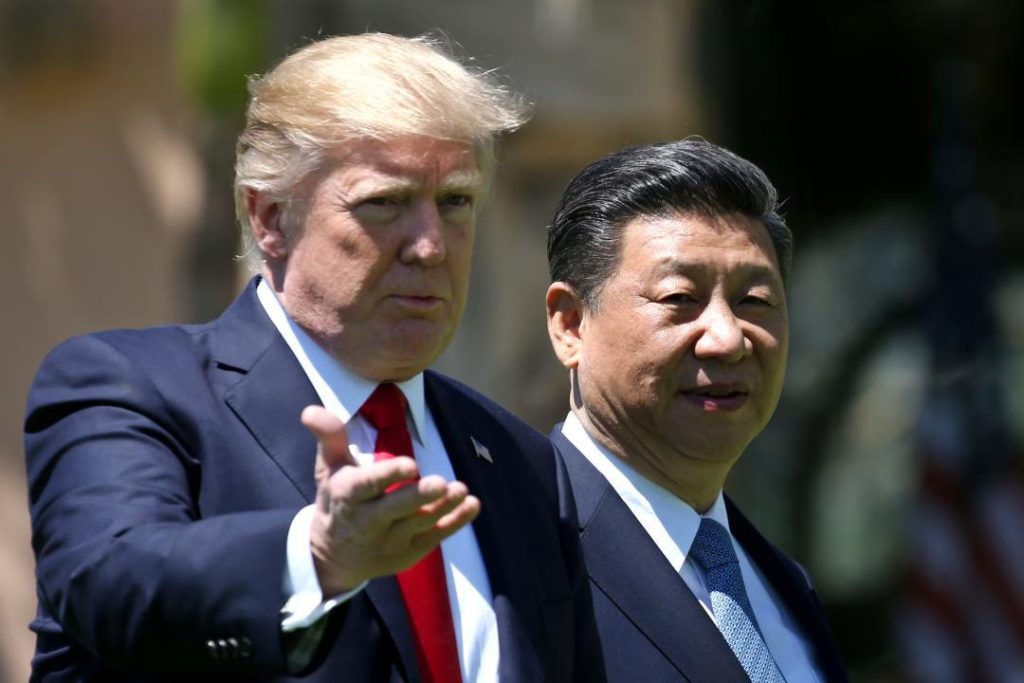
Trump to Allow 6,00,000 Chinese Students in US Amid Tariff Talks
In a surprising move, US President Donald Trump has announced that the US will permit entry to 6,00,000 Chinese students amid ongoing tariff talks with China. This decision reverses earlier visa restrictions targeting Chinese nationals tied to the Communist Party or sensitive research. Trump emphasized improving US-China relations despite tariffs and expressed interest in meeting President Xi Jinping later this year to discuss trade.
The news comes as a relief to thousands of Chinese students who were affected by the earlier visa restrictions, which were implemented in July last year. The restrictions aimed to prevent Chinese nationals tied to the Communist Party or sensitive research from entering the US. However, the move was widely criticized for being overly broad and affecting many innocent students.
The decision to allow Chinese students to enter the US is seen as a significant development in the ongoing trade talks between the two nations. The trade tensions between the US and China have been escalating over the past year, with both sides imposing tariffs on each other’s goods. The trade war has had a significant impact on global markets and has led to concerns about its potential impact on the global economy.
Trump’s decision to allow Chinese students to enter the US is seen as a gesture of goodwill and a sign that the US is willing to engage with China in a constructive manner. The US and China have a long history of cooperation on issues such as science, technology, and education, and the reversal of the visa restrictions is seen as a step towards improving bilateral relations.
The decision is also seen as a pragmatic move, as the US is heavily reliant on Chinese students to fill the gaps in its workforce. Chinese students are among the top international students in the US, and they bring significant economic benefits to the country. According to a report by the Institute of International Education, Chinese students contributed over $13 billion to the US economy in the 2018-2019 academic year.
The reversal of the visa restrictions is also seen as a sign that the US is willing to engage with China on a range of issues. The US and China have had a tumultuous relationship in recent years, with tensions rising over issues such as trade, security, and human rights. However, the decision to allow Chinese students to enter the US is seen as a positive step towards improving relations between the two nations.
Trump’s decision to allow Chinese students to enter the US has been welcomed by education experts and students alike. Dr. Jane Smith, a professor of international relations at Harvard University, said that the decision is a significant step towards improving US-China relations. “The reversal of the visa restrictions is a welcome move, and it sends a positive signal to the Chinese government and the Chinese people,” she said.
A Chinese student who was affected by the earlier visa restrictions said that she is relieved by the news. “I was devastated when I found out that I wouldn’t be able to study in the US,” she said. “But now, I’m thrilled that I’ll be able to pursue my dreams. This decision is a huge relief, and I’m grateful to President Trump for taking it.”
The news has also been welcomed by business leaders, who see the decision as a sign that the US is open to engaging with China on a range of issues. “The reversal of the visa restrictions is a positive step towards improving US-China relations,” said a spokesperson for the US-China Business Council. “We believe that the two nations have a lot to gain from each other, and we hope that this decision is a sign of a more constructive approach to trade and investment.”
In conclusion, Trump’s decision to allow 6,00,000 Chinese students to enter the US amid ongoing tariff talks with China is a significant development in the ongoing trade talks between the two nations. The decision is seen as a sign of goodwill and a step towards improving US-China relations. The reversal of the visa restrictions is also seen as a pragmatic move, as it allows the US to fill gaps in its workforce and continue to benefit from international students.



